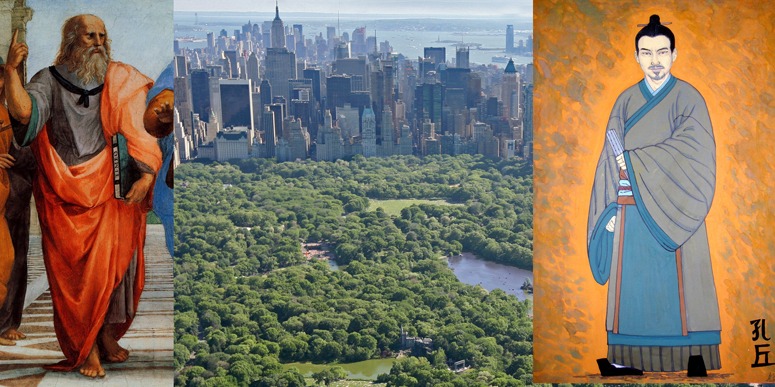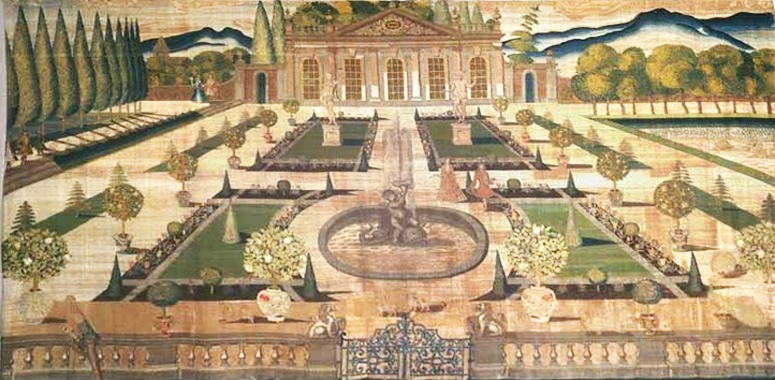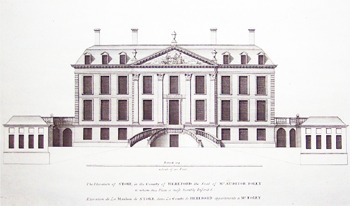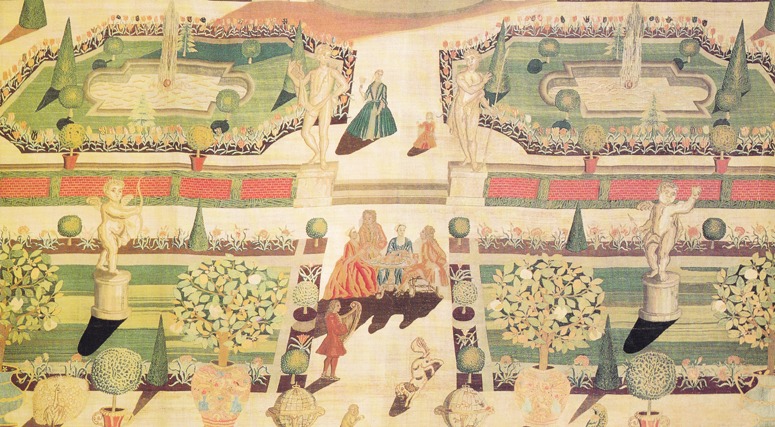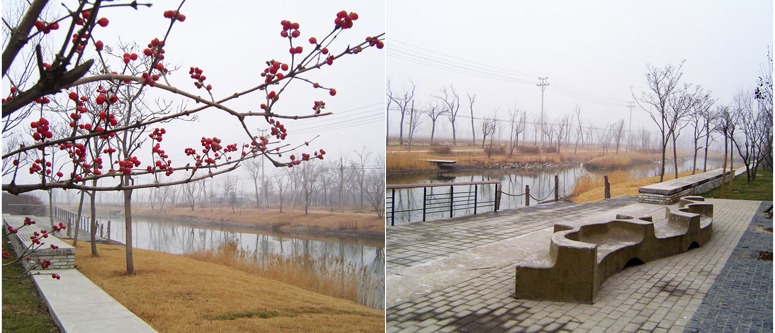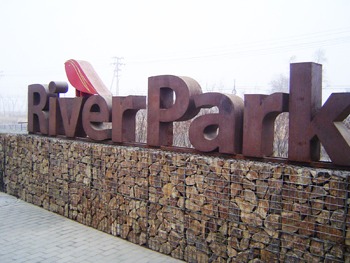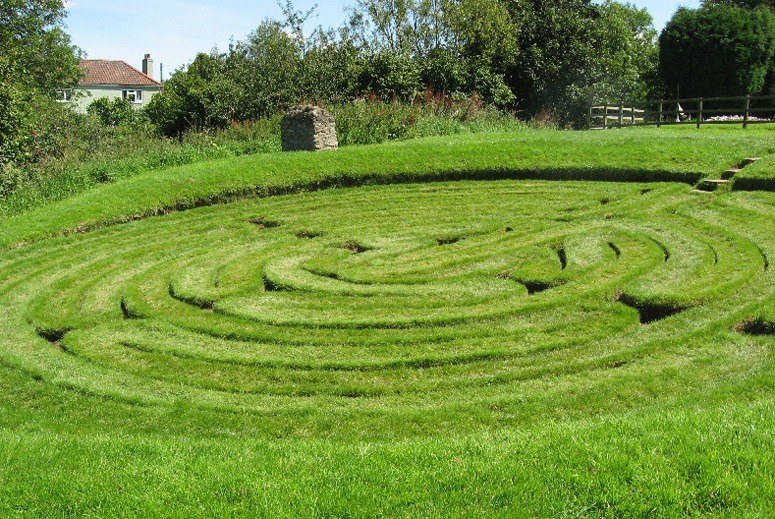Plato: Confucius! How old are you now? Where have you been?
Confucius: I died 2489 years ago and have been touring the Andromeda Galaxy without a body. How about you?
Plato: I died 2357 years ago and I’ve been doing much the same thing.
Confucius: Well, I am so glad we’ve met again, and with a great view of the city they have made down there.
Plato: It is called New York and the plan for Central Park was done by a landscape architect called Frederick Law Olmsted. Everyone thought it was brilliant so they created a profession called Landscape Architecture. I like it.
Confucius: Yes, and New York reminds me of the way gridiron buildings and a flowing landscape are combined in Beijing, China.
Plato. I’ve seen Beijing. The center is wonderful – but have you seen the suburbs? Ugh.
Confucius: Yes. I wouldn’t want to live in them any more than I would like to live in most American cities – or any of the other big twentieth century cities. What do you think went wrong?
Plato. I’m afraid I spent too much time thinking about society and not enough time thinking about the landscape.
Confucius: I think I made the same mistake. But it did not seem necessary. Daoists knew of a wonderful relationship between Man and Nature so I did not need to worry too much about it. The important thing was to think about an ethical code which would make for happy families and well-run countries without too much fighting.
Plato: My concern was also with human society. We had political problems in Greece and the great thing was to distinguish good from bad, right from wrong, truth from falsehood. Relationships with the Gods were fine and we did not need to worry too much about relationships between Man and Nature or cities and landscapes. But I wish I had written more about it.
Confucius: I wish I had too. But can you tell me why the modern world does not have more landscape architects and why they don’t integrate architecture and landscape when making all those new cities?
Plato: They will, my friend, they will. Or the human race will not survive the growing environmental crisis.
Confucius: I hope you are right, my friend. They have a ‘conservation movement’ but their understanding of its nature and its history is far too shallow.
Plato: Do you remember when our ancestors roamed together in Central Asia?
Confucius: I have heard of it, and of how they loved the wild landscapes, but perhaps you remember more of those times. What do you think matters most?
Plato: Be kind, for everyone you meet is fighting a hard battle. Death is not the worst that can happen to men. Ignorance is the root and the stem of every evil. Laws are partly formed for the sake of good men, in order to instruct them how they may live on friendly terms with one another, and partly for the sake of those who refuse to be instructed, whose spirit cannot be subdued, or softened, or hindered from plunging into evil.
Confucius: Yes. Forget injuries, never forget kindnesses. What you do not want done to yourself, do not do to others. Study the past if you would define the future. He who exercises government by means of his virtue may be compared to the north polar star, which keeps its place and all the stars turn towards it.
Tom: Yes indeed. But what about the fauna, the flora, the mountains, the rivers, the winds, the forests and the seas?
Confucius and Plato: We have learned many things in Andromeda – but the truth which can be spoken is not the real truth and the world that can be seen is not the real world.
柏拉图:孔子!你现在多大岁数了?这些年你去了哪里呢?
孔子:我在两千两百三十年前去世,在失去肉体的情况下游历于仙女座星系。你呢?
柏拉图:我在二千三百五十七年前去世,我和你做了同样的事情。
孔子:嗯,我很高兴我们又见面了,并一起看下面这座人类创造的有着开放视线的城市。
柏拉图:是的,这是纽约,它的中心公园的设计是由一位名叫弗雷德里克·劳·奥姆斯特德的风景园林师完成的。 每一个人都认为这是个杰出的作品,所以人类就创造了一个专业:风景园林。 我喜欢它。
孔子: 对,纽约使我回忆起中国北京的方格建筑物和流动的园林的结合。
柏拉图:我也看过北京。 北京的中心地带很不错,但是你看了北京的郊区没有?哎!
孔子: 是啊。 我再也不愿意住在那里了,相比而言,更愿意住在大多数的美国城市,或者其他二十一世纪的城市。你觉得错在哪里呢?
柏拉图:我恐怕是花了过多的时间来思考社会而没有足够的时间思考园林了。
孔子:我觉得我也犯了同样的错误,但是似乎我们并没有必要去思考园林。道家通晓人与自然之间美好的关系,所以我没有必要过于担心。重要的是要考虑道德守则,为了幸福的家庭和良好的运行,使国家而没有太多的战争。
柏拉图:我关心的也是人类社会。我们存在有关希腊的政治问题,伟大的事情是要分清善恶,是非以及真伪。与神的关系很好,我们没有必要过多担心人与自然,城市以及风景之间关系。不过,我希望我写了更多相关的内容。
孔子:我希望我也写了更多。但你能告诉我为什么现代世界上还没有更多的风景园林师,为什么当他们建设那些新城市的时候,不整合建筑与园林?
柏拉图:他们会的,我的朋友,他们会的。或者,人类将面临日益严重而导致无法生存的环境危机。
孔子:我希望你是对的,我的朋友。他们进行了一项“保护运动”,但他们对事情本质和历史的了解过于肤浅。
柏拉图:你还记得我们的祖先在中亚一起漫步么?
孔子:我听说过,也知道他们非常喜欢那样的自然环境,但你比我年纪大,比我更了解那个时代的事情。你认为什么最重要?
柏拉图:有爱心,你面对的每一个人其实都是一场硬仗。死亡不是发生在人类最严重的事。无知是每一件邪恶事情的根与茎。法律一部分是为好人而制定的,以指导他们如何彼此友好相处,另一部分是为那些拒绝接受教育,精神不能被征服,不能被软化,也不能被阻碍接近邪恶的人们制定的。
孔子:没错。忘记伤害,永远不要忘记善良。己所不欲,勿施于人。如果你想定义未来,那么就学习过去。 谁执政,就意味着他的美德可以与北极星媲美,在位置上不动,所有的星星都簇拥他的身边。
汤姆:确实。但对于动物,植物,山脉,河流,风,森林和海洋呢?
孔子和柏拉图:我们在仙女座星系学到了很多东西. 但能够被说出来的“真理”就不是真正的真理,而且能够被看到的”世界”就不是真的世界了。
(Thank you to Tian Yuan for the translation)

